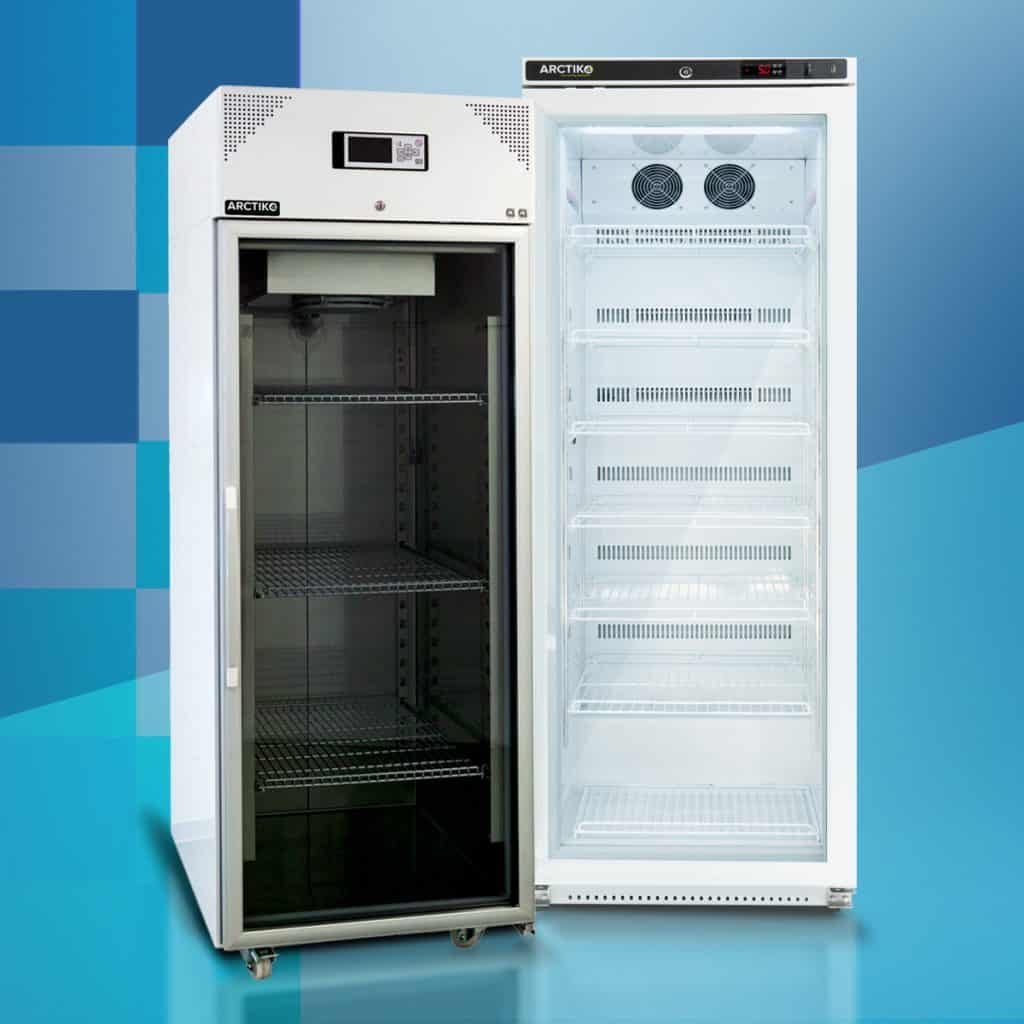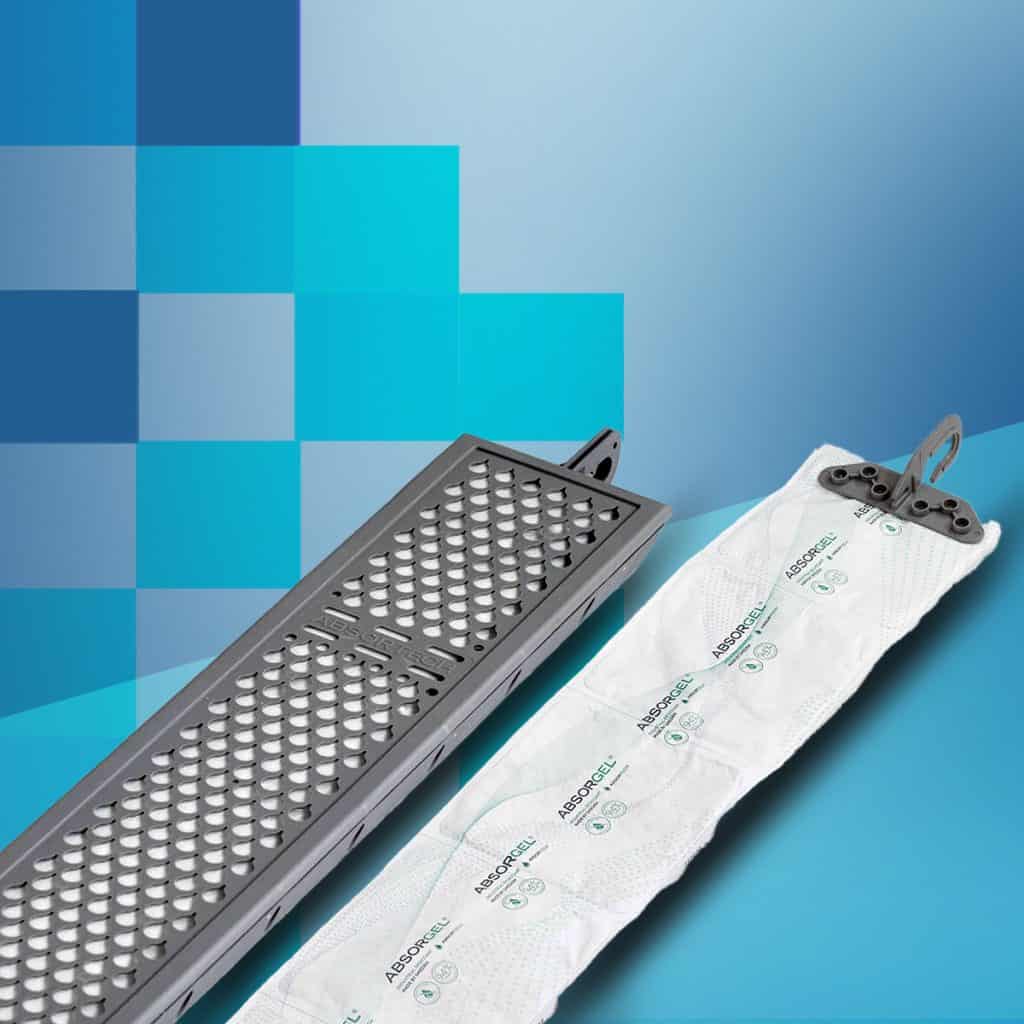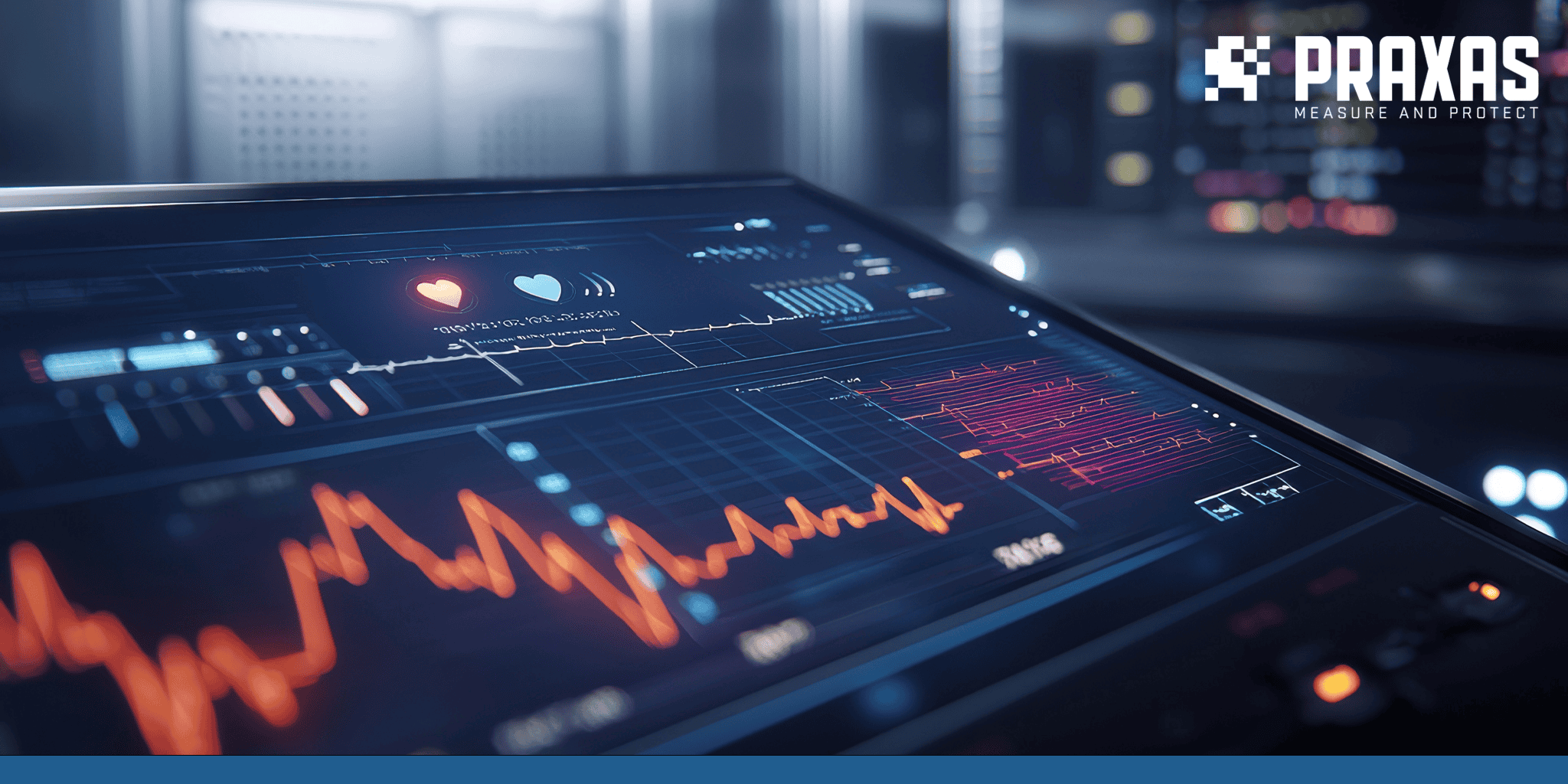Data acquisition – or DAQ – is the process of collecting information from the real world and turning it into data that a computer can understand and analyse.
That could mean tracking the temperature inside a vaccine fridge. Or recording the humidity inside a shipping container. Or even monitoring the CO₂ levels in a lab. If it can be measured, it can be acquired.
How does data acquisition work?
It all starts with sensors. These clever devices measure things like temperature, humidity, pressure, or light. The sensor converts that measurement into an electrical signal; like a voltage or current.
That signal is then picked up by data acquisition hardware. This might be a data logger, such as those made by EasyLog or LogTag (both trusted names we proudly offer at Praxas).
Once captured, the data can be:
- Displayed as a graph or table
- Stored for later use
- Shared with monitoring software
- Used to trigger alerts if something goes wrong
All in real time, or at scheduled intervals. Simple, smart and incredibly useful.

Why is data acquisition important?
In industries like pharmaceuticals, logistics, or medical storage, accuracy is everything. A small shift in temperature can mean a spoiled batch of vaccines or wasted lab samples.
Data acquisition helps you:
- Monitor conditions 24/7
- Spot problems early
- Stay compliant with strict regulations
- Prove that products were stored or transported safely
It’s all about protecting sensitive goods and reducing risk.

Where is data acquisition used?
Everywhere! But here are a few examples where it’s vital:
- Medical storage – ensuring vaccines and medicines stay within safe temperature ranges
- Cold chain logistics – tracking conditions during transport
- Laboratories – recording environmental factors in research
- Food safety – checking that fridges and freezers stay at the right level
- Museums and archives – protecting delicate materials from humidity or heat
Where there’s a need for precise, reliable data, data acquisition is part of the picture.
What tools are used for data acquisition?
The main components include:
- Sensors – to measure environmental factors
- Data loggers – like EasyLog and LogTag, for recording and storing data
- Monitoring software – to visualise and manage results
- Fridges and freezers – such as Arctiko units, ideal for medical-grade storage
Together, these tools form a complete monitoring ecosystem, one that helps keep temperature-sensitive goods safe.
Explore How Praxas Can Help



As the importance of data continues to grow across industries, the EU is stepping up efforts to ensure fair, transparent and secure use of industrial data. The new EU Data Act aims to make data more accessible, especially from connected devices like sensors and loggers. It gives users more control over the data they generate and supports innovation through clear data-sharing rules. This regulation will play a key role in shaping the future of data acquisition and digital infrastructure in Europe.

